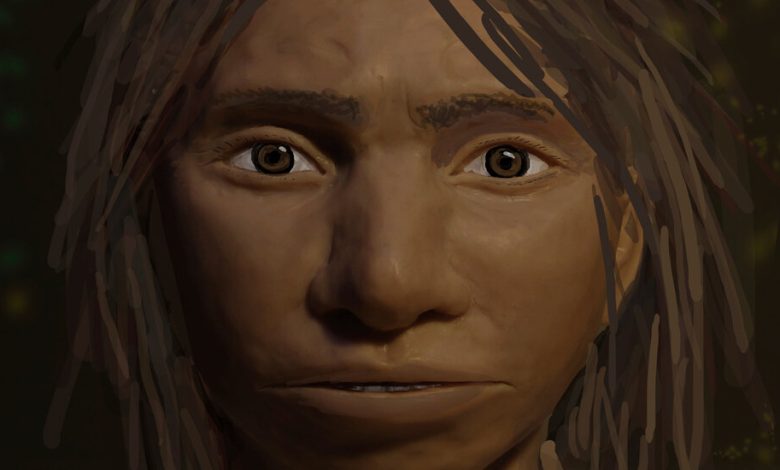On the Trail of the Denisovans

ORIGINS
On the Trail of the Denisovans
DNA has shown that the extinct humans thrived around the world, from chilly Siberia to high-altitude Tibet — perhaps even in the Pacific islands.

Researchers at Hebrew University reconstructed the face of a Denisovan based on DNA alone. Almost no fossils of Denisovans have been found.Credit…Maayan Harel/Hebrew University in Jerusalem, via Associated Press
By Carl Zimmer
March 2, 2024
Neanderthals may have vanished 40,000 years ago, but they are no strangers to us today. Their stocky skeletons dazzle in museums around the world. Their imagined personas star in television ads. When Kevin Bacon noted on Instagram that his morning habits are like those of a Neanderthal, he did not stop to explain that our ancient cousins interbred with modern humans expanding out of Africa.
But there’s no such familiarity with the Denisovans, a group of humans that split from the Neanderthal line and survived for hundreds of thousands of years before going extinct. That’s largely because we have so few of their bones. In a new review paper, anthropologists tally all of the fossils that have been clearly identified as Denisovan since the first discovery in 2010. The entire list consists of half a broken jaw, a finger bone, a skull fragment, three loose teeth and four other chips of bone.
“The bits of Denisovan we have, it’s almost nothing,” said Janet Kelso, a paleoanthropologist at the Max Planck Institute for Evolutionary Anthropology in Leipzig, Germany, who helped write the review.
Nevertheless, many scientists are growing increasingly fascinated by Denisovans. Like us, they were extraordinarily resilient, arguably more so than Neanderthals. “I find Denisovans way more interesting,” said Emilia Huerta-Sánchez, a geneticist at Brown University.
What the Denisovans lack in fossils they make up for in DNA. Geneticists have been able to extract bits of genetic material from teeth and bones dating back 200,000 years. They have found genetic clues in the dirt of cave floors. And billions of people on Earth carry Denisovan DNA, inherited from interbreeding.
The evidence offers a picture of remarkable humans who were able to thrive across thousands of miles and in diverse environments, from chilly Siberia to high-altitude Tibet to woodlands in Laos — perhaps even in the Pacific islands. Their versatility rivals our own.




